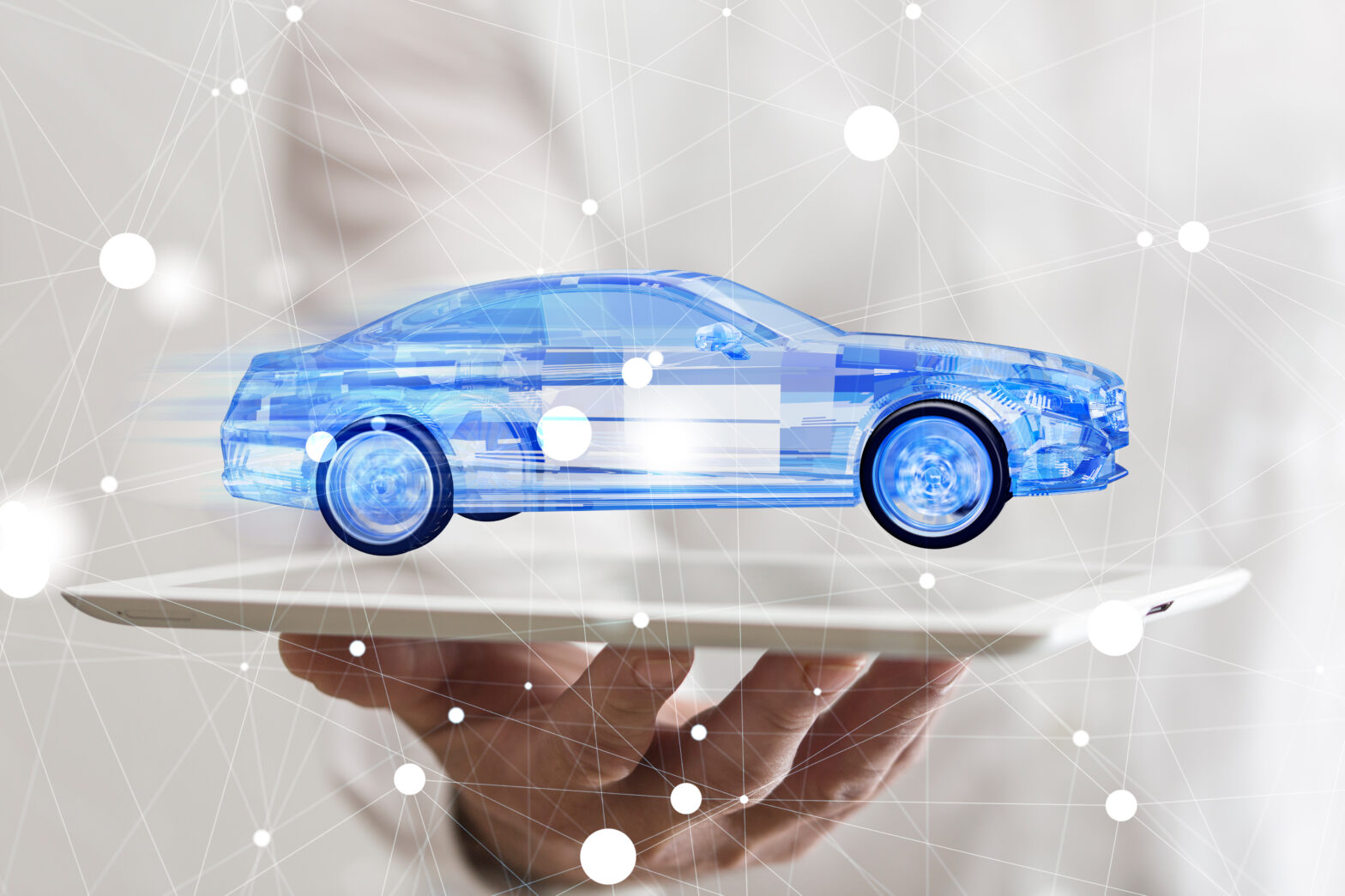The production of new automobiles equipped with data connectivity, either through a built-in communications module or by a tether to a mobile device, is forecast to reach 12.4 million in 2016 and increase to 61 million in 2020.
Connected Car Production by Connectivity Mode, Worldwide (Thousands)
| 2015 | 2016 | 2017 | 2018 | 2019 | 2020 | |
| Embedded | 2,174 | 4,914 | 11,097 | 21,394 | 33,928 | 42,949 |
| Tethered | 4,681 | 7,519 | 9,971 | 12,374 | 14,995 | 17,994 |
| Total | 6,855 | 12,433 | 21,068 | 33,768 | 48,923 | 60,943 |
Source: Gartner (September 2016)
The connected, smart vehicle is on course to disrupt the automotive industry and lead manufacturers down a different technology-driven path.
“The connected vehicle is the foundation for fundamental opportunities and disruptions in the automotive industry and many other vertical industries,” said James Hines, research director at Gartner.
>See also: The changing profile of the lone driver
“Connected vehicles will continue to generate new product and service innovations, create new companies, enable new value propositions and business models, and introduce the new era of smart mobility, in which the focus of the automotive industry shifts from individual car ownership to a more service-centric view of personal mobility.”
As the path to automation becomes more advanced vehicles will require 5 % more embedded processing functions, year over year, from 2016 through 2020, according to the report.
Automated driving functions, such as on-board diction abilities, adaptive cruise control, collision avoidance and lane departure warning systems will have to be improved and added.
Connected cars are set to lead the way in a new era of smart mobility, and Gartner suggests this will create opportunities for automakers to generate post-sale profits through sales of additional services and feature upgrades.
Evidence of this was most recently seen today following an announcement from Nuance Communications.
>See also: The battle for a driverless car network: can all survive?
It’s Dragon Drive connected car framework now features embedded dictation for speaking text messages, and notes in the car without a data or cloud connection.
These embedded diction technology challenges the capabilities of cloud-based dictation technology in a safer and more efficient manner, according to Nuance.
“The cloud is an incredibly important element of the modern automotive experience, providing access to a range of services and content. However, signal drops and remote areas can turn the connected car into a disconnected experience,” said Arnd Weil, senior vice president and general manager, Nuance Automotive.
According to Nuance, its new deep learning (machine intelligent) framework transforms the spoken word into text in split seconds without the cloud, allowing drivers to capture and send messages or notes even when the signal is spotty.
“Over the past five years, our research team has set a high standard in automotive speech recognition by applying deep neural networks to optimise accuracy within noisy automotive environments. These advancements, combined with signal enhancement and in-car microphone beamforming results in a simple, intuitive interface designed specifically for the car that continues to set the industry standard for automotive speech recognition,” said Vlad Sejnoha, Chief Technology Officer, Nuance.







